Natsubate: How To Deal With Summer Fatigue In Japan
What To Eat And Not To Eat To Beat The Heat
We had a cloudy and almost chilly Japanese summer up until now, but temperatures are expected to rise in the coming days: natsubate is just around the corner. Here's how to properly deal with it!
Walking outside in Japan right now is like walking through a sauna with your clothes on. You can feel the sunburn form on your skin while waiting at a crossing for the light to change. Taking a shower sounds like a refreshing idea until you wind up feeling sticky again, ten minutes later. Perhaps you’re feeling too tired to move, yet for some reason, it’s too hot to fall asleep. But the worst part of summer in Japan is the fatigue—where you look outside your window and see a beautiful day, but you can’t seem to get off of your sofa because all of the energy has drained from your body.
In Japan, there’s a word for this condition: natsubate. “Natsu” means summer, and “bate” comes from the word “bateru,” which means you have trouble moving from being so exhausted. Symptoms of this condition include appetite loss, lack of physical energy, unwillingness to do anything, and even minor depressions. Luckily, there are ways to help prevent natsubate from happening—and with even hotter days on the forecast, it’s best to implement these ideas before the going gets tougher.
symptoms of this condition include appetite loss, lack of physical energy, unwillingness to do anything and even minor depressions
Eat: Foods to beat the heat
There are two things you want to keep an eye out for this summer: foods that are easy to digest so your body doesn’t have to expend more energy with digestion, and foods that are going to help you stay hydrated since you’ll be sweating a lot. “Hydration” in this case means two things: replenishing water content, and also replenishing minerals lost through sweat.
1. Summer and tropical fruits
The fruits that have the most water content and electrolytes are also the ones that grow in very hot climates. It’s no wonder—Mother Nature provides you the right kind of nutrition to stay balanced during this time of year. Watermelon, peaches, bananas, lemons, limes, mango are your friends that will not only replenish your body with fluids but also potassium and magnesium lost through sweat.
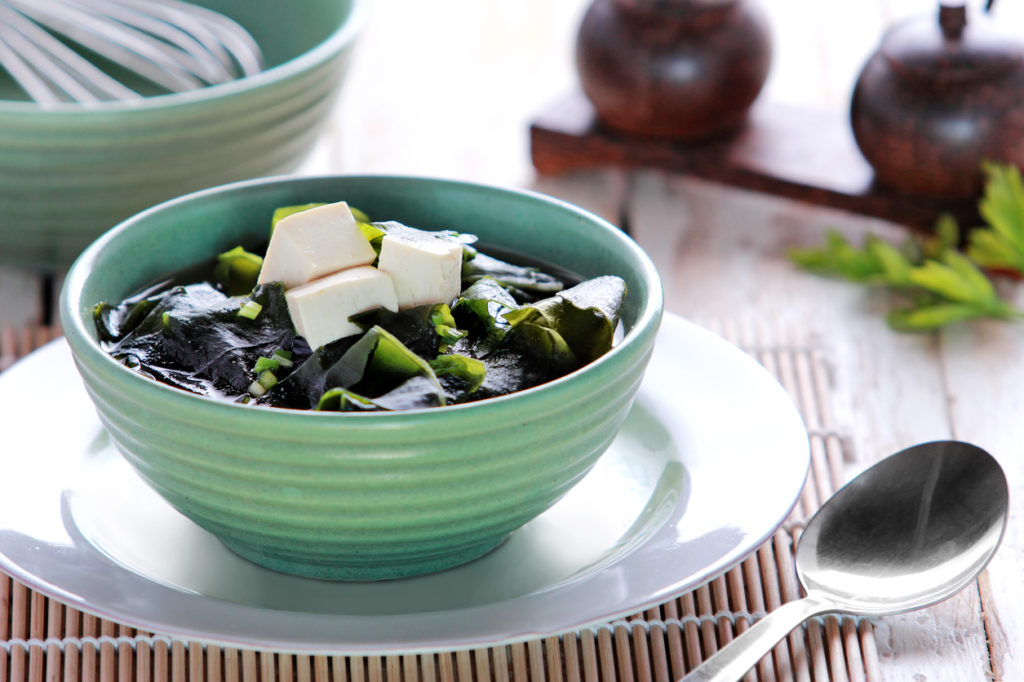
2. Seaweed
For an extra boost of minerals to keep your muscles from cramping, start adding more seaweed like wakame and nori to your diet. Seaweeds are high in calcium and magnesium which are perfect for making your body feel less tight—especially if you feel swelling. It’s also known to help lower blood pressure which is important during this time of the year if you have any heart trouble.
3. Tofu
Soybeans are considered a “cooling” food in eastern holistic nutrition. Have a fresh order of silky tofu topped with scallions, dried bonito flakes, and a drizzle of soy sauce, and you’re in summer dining heaven. They’re an excellent source of protein served in a form that’s easy to digest thus giving your body a break from working too hard on digestion.
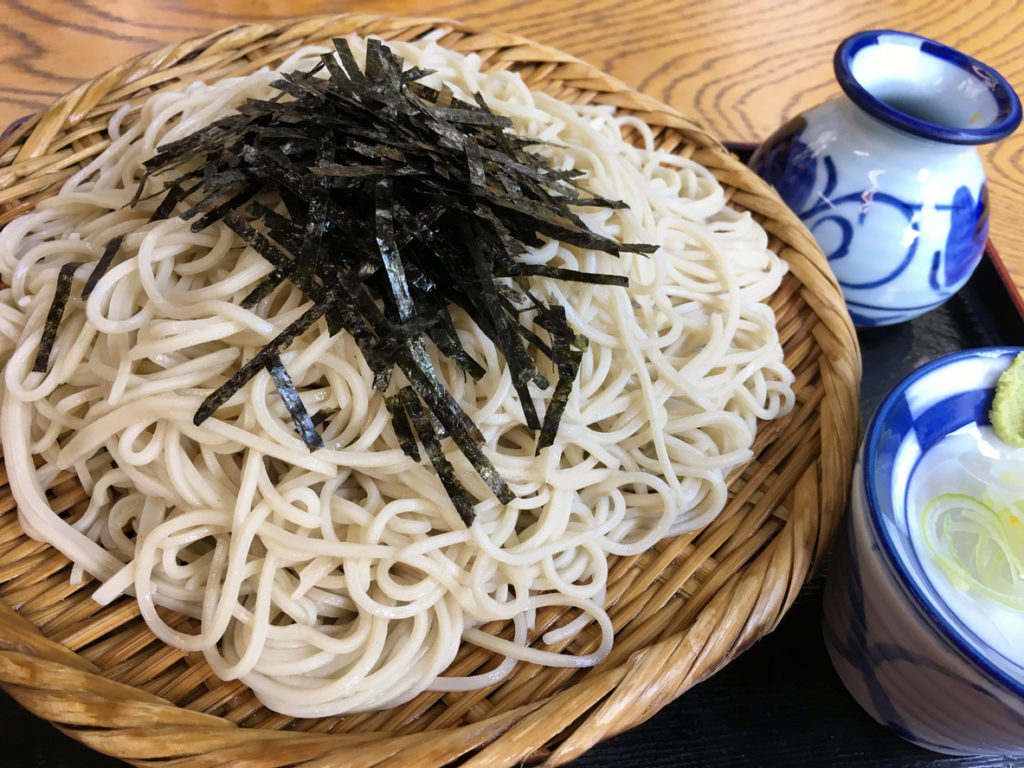
4. Soba
Buckwheat noodles (soba) is another cooling Japanese dish that is popular to have in the summertime. Soba is known for helping the body lower cholesterol and blood pressure, and it’s also high in fiber. The best part of soba is that you can eat them cold—pop into a noodle shop and order the zaru soba, a refreshing cold noodle dish to keep you cool this summer. You can even find 100 percent buckwheat noodles if you’re looking to go gluten-free.
5. Heart-healthy fats
In Eastern holistic nutrition, your heart is the organ that is said to take on the most stress. It’s working extra hard to pump blood around your system and help you stay cool through sweat. Luckily, tropical fruits like avocado and coconut are in season and high in heart-healthy fats to help lower cholesterol.
6. Infused Water
Believe it or not, your body stays more hydrated when having infused water rather than just water alone. Lemon and cucumber are perfect for keeping you cool, detoxing your body, and aiding digestion.
Don’t eat: Foods/drinks that’ll make you feel worse when you have Natsubate
1. Baked goods
Fatigue can mainly come from dehydration, so the last thing you want to do is eat foods where the liquids have been baked out. Having bread is like sticking a dry sponge into your water-hungry digestive system. If you’re really want to have bread, opt for the steamed version. Rice and noodles are better choices since they’re cooked in water.
2. Caffeine
Caffeine is a tough one. On one hand, coffee grows in tropical climates which means they’re designed to help us feel uplifted and energized on hot days. However, any kind of caffeine can be dehydrating to the body. If you’re having natsubate then I would stay away from caffeine because it’s more important to hydrate your system. However, if you’re generally feeling okay and need a bit of a boost to make it on your hot commute, then having some coffee can be suitable.
the last thing you want to do is eat foods where the liquids have been baked out
3. Alcohol
I know you probably can’t wait to go out for cocktails or a nice cold beer on a hot day but if you’re feeling fatigued and dehydrated, then alcohol can make you feel worse. Most people are aware of the dangers of having alcohol just before stepping into an onsen—your body will have trouble regulating temperatures and feel fatigued, possibly passing out. Considering the fact that the peak temperatures outside nowadays are quite close to hot bath temperatures, you can see the correlation of why it’s dangerous to have alcohol when you’re experiencing natsubate.
General tips to help you stay cool
Use a parasol: It’s not uncommon in Japan to carry a parasol to keep yourself cool on hot summer days. Simply keeping in the shade and avoiding having direct contact with the sun can help you maintain your energy levels.
Cool stick-on sheets (熱さまシート): If you visit the nearest convenience store or drugstore, you’ll find these cool sheets that you can stick onto any part of your body for some cooling relief. Some people like to put it on their neck, forehead, lower back, or legs.
Wear long flowy skirts/dresses: Most people think that shorts or short skirts are cooler to wear in the summertime. However, long flowy skirts or maxi dresses actually help ventilate air up your legs while you’re walking, keeping you much cooler than having less fabric.
There you have it—the hot days are yet to come, so prioritize enjoying summer foods and you’ll have no problem beating natsubate this summer! Stay safe and cool!
This article was originally published in 2018 and edited on July 21, 2020, with the latest information.



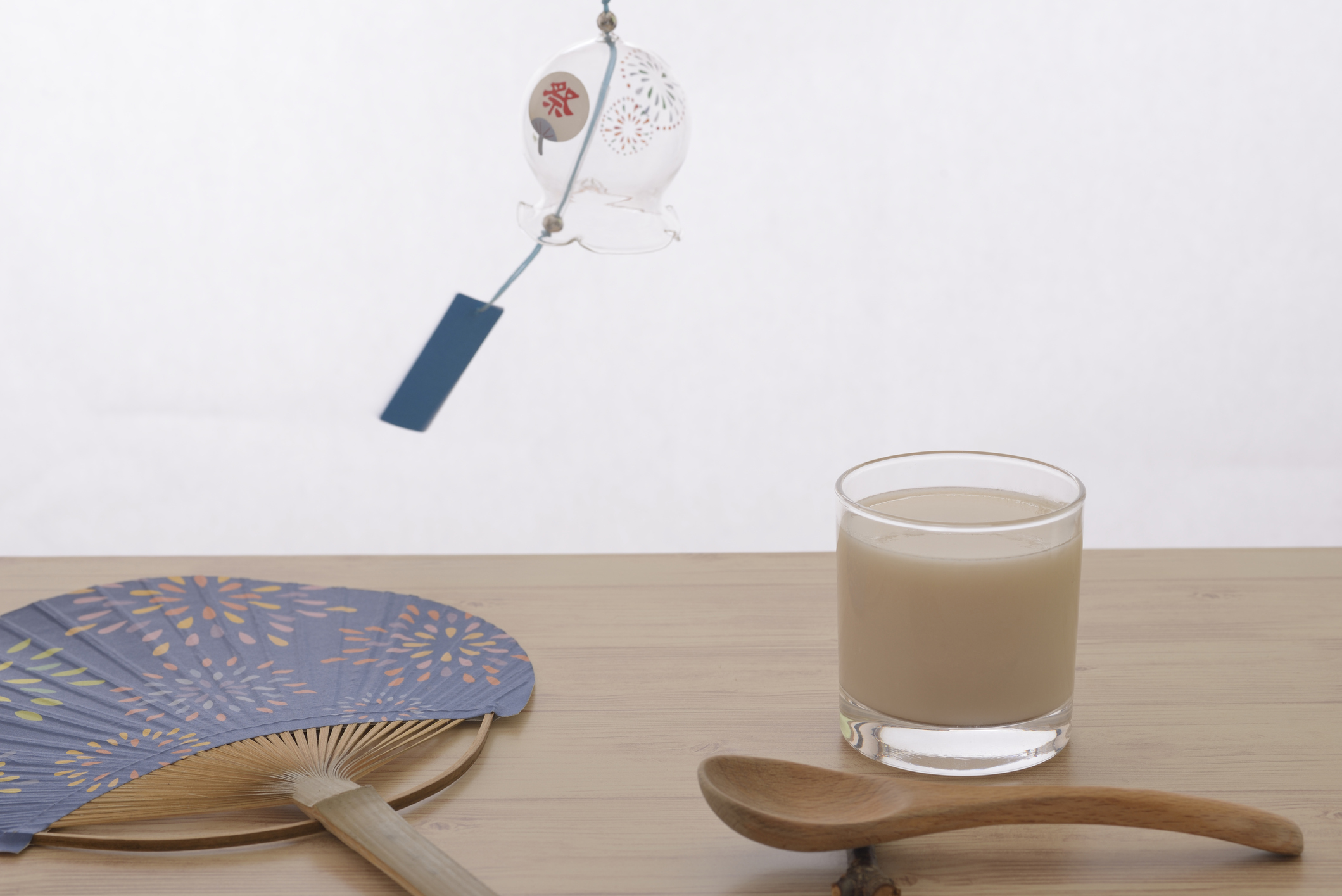











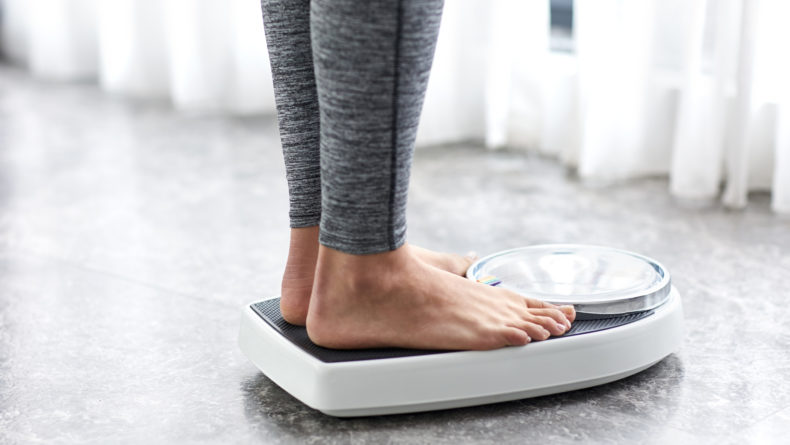
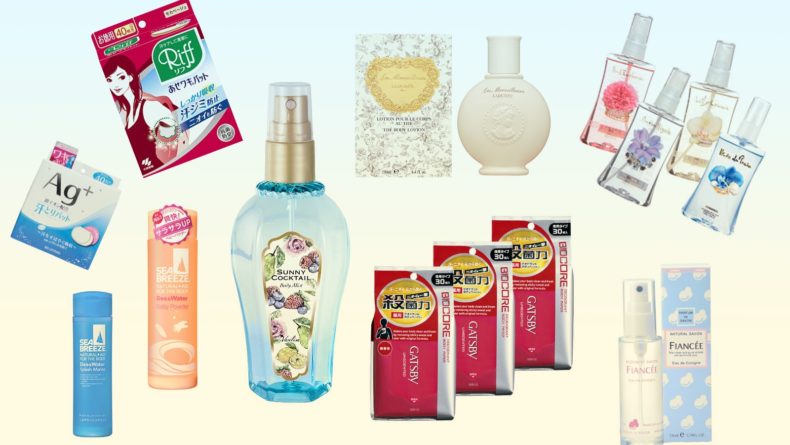

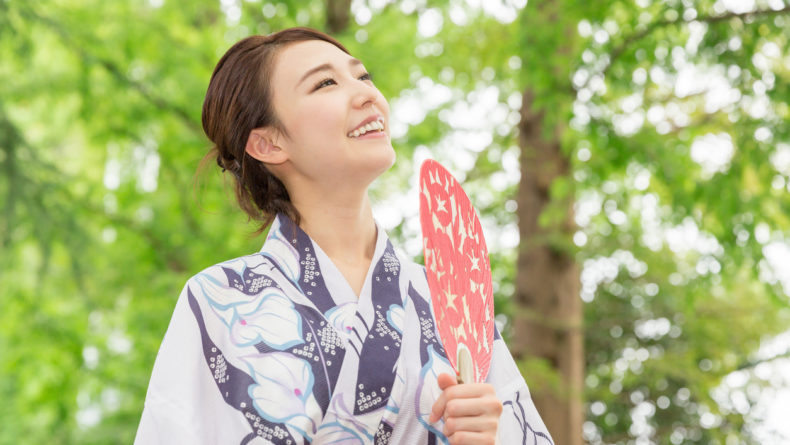
Leave a Reply